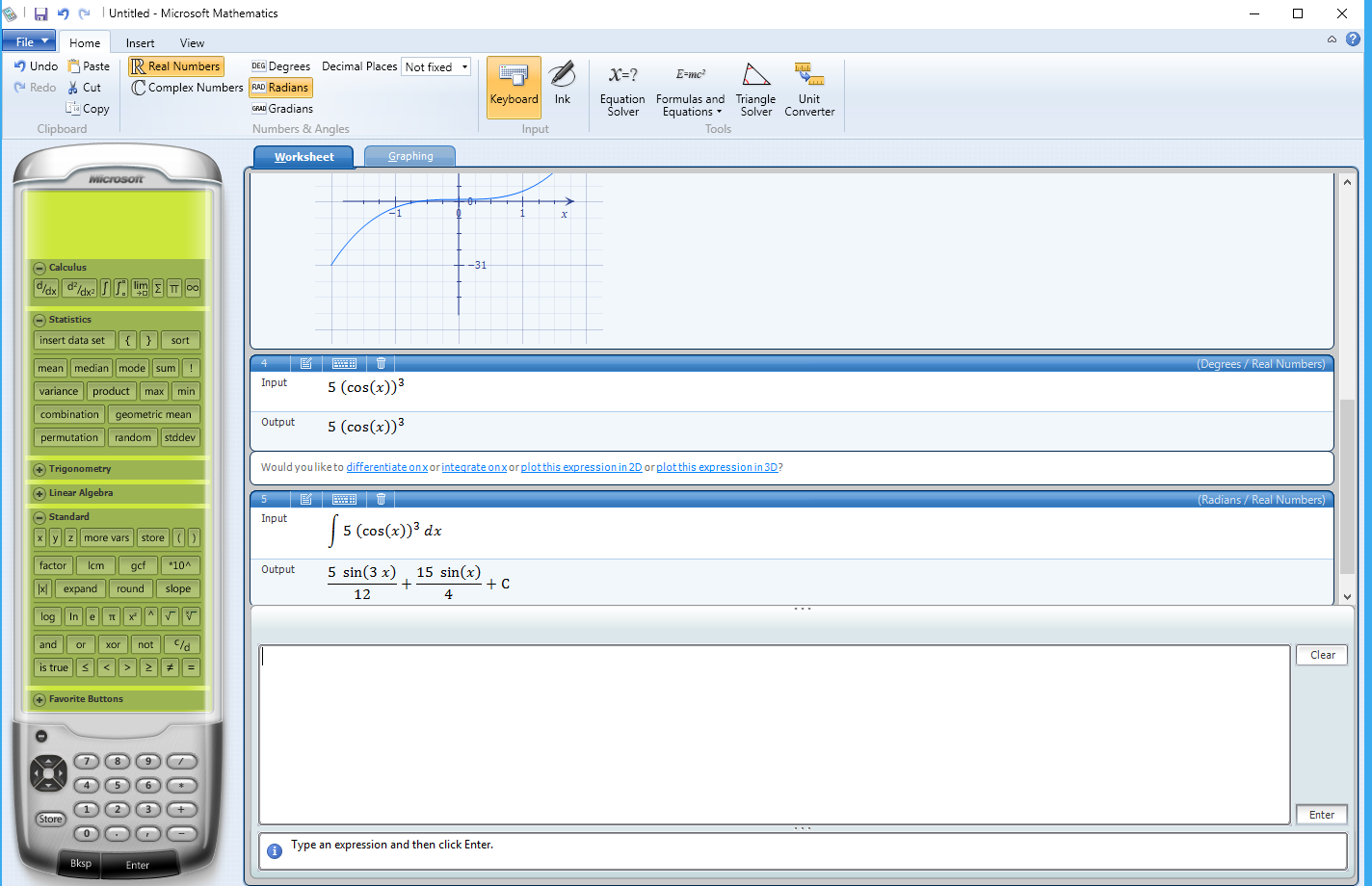
As a first test, this involved the simplest possible multi-attribute choice scenario: a single option defined by two attributes. We modified the appearance of the typical DCE choice setup so as to adhere to the requirements of the double factorial design, and accordingly the SFT analysis tools. Although DCEs and their associated analyses have proven useful in accounting for and predicting choices, they are silent on the decision strategies people used to arrive at their choices. Through the attributes and levels structure of the choice sets and the pattern of choices across those sets, detailed inferences can be drawn regarding the utilities (subjective value) of the options that were most likely to generate participants’ expressed preferences (for detailed overview, see Louviere, Hensher, & Swait, 2000 Train, 2009). Participants complete a number of such hypothetical choice sets, each of which contains a different configuration of attribute levels for each option. Given this setup, DCEs ask participants to state their most-preferred option from the set of hypothetical options. Each option takes on a particular value for each attribute - these are attribute levels for example, the cost of the hotel might be $180 or $330 per night, or the hotel may or may not have a gym. Fig. 2B provides an example of four such attributes that might be of relevance for consumers selecting a hotel when traveling for business: cost per night, review rating, distance to the central business district, and gym availability. DCEs can be composed of an arbitrary number of alternatives each of which can be defined by an arbitrary number of attributes.įig. 2A provides a schematic overview of the generic DCE structure: a number of options are presented in a choice set, where each option in the set is described along several attributes. DCEs are choice scenarios where participants select between hypothetical products or services. To describe this modification, we begin with a description of the standard outcome-based method for examining consumer preferences in the applied choice literature - the discrete choice experiment (DCE). We modified the stimulus display of the double factorial design so as to test hypotheses about mental architectures in consumer decisions. Hawkins, in Journal of Mathematical Psychology, 2019 1.5 Systems factorial technology in consumer decisions

Finally, I − A − pairs are formed by applying both of these operations, first rearranging the left and right items of a studied pair then replacing those items with the unstudied half of each image. I − A + pairs are formed by taking a studied pair and replacing the each image in the pair with the unseen half of that image, with the result that the item information no longer matches what had been studied but the associative information does. I + A − pairs are formed by rearranging the left and right items between two studied pairs with the same level of item and associative strength the result is a test pair in which the item information matches what had been studied, but the associative information does not. The design of the test list matches a double factorial paradigm with distractors (see Houpt et al., 2016), such that there are four types of pair: I + A + pairs in which both the item ( I) and associative ( A) information in the test pair match what had been studied (i.e., they are target items and should receive a “yes” response). Test lists consisted of 16 pairs of items as described in Table A.2.


 0 kommentar(er)
0 kommentar(er)
